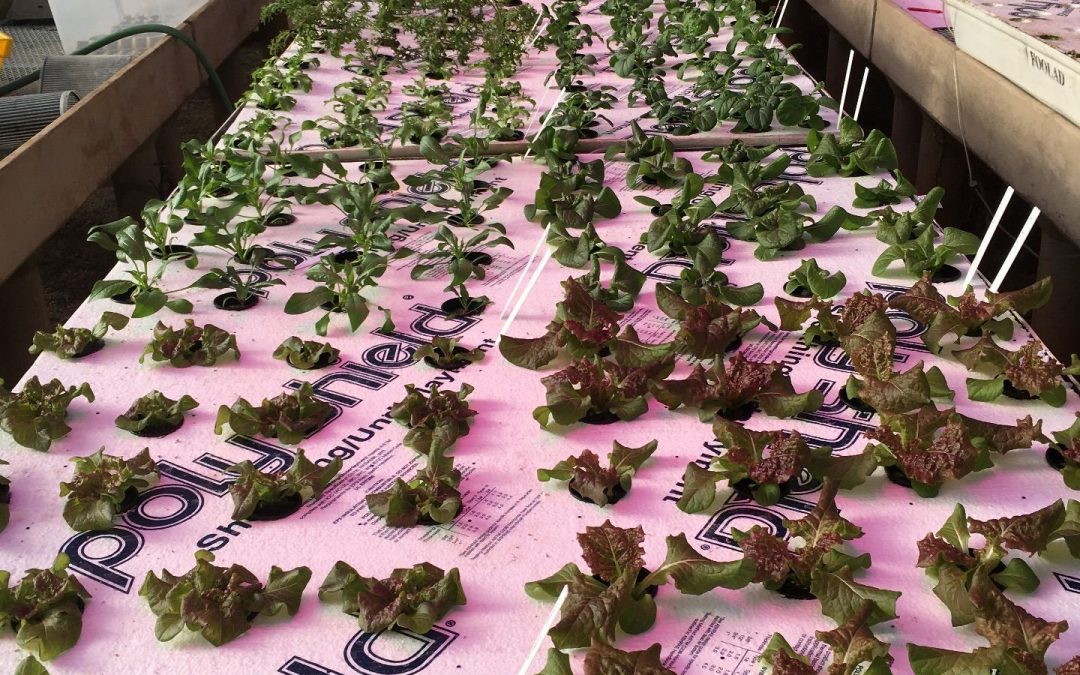Eva Bonta, Spring 2018
The independent study I am taking under Leslie Pillen, and the project that I am helping advance had curious beginnings. In fall of 2017, I toured the Student Farm as part of a class I was taking on the global agri-food system, Geography 430. I had heard a lot about the Student Farm over the past several years, but I had never actually seen it. It was a great visit and I was astonished to learn they could fit so many plants into such a small space—only 1 acre! Later, Leslie Pillen came to give a short lecture about the farm to my class and she mentioned the experimental fiber plants they had grown, including hemp and cotton. I was intrigued by this experiment and met later with Leslie about an idea to grow plants that give natural dyes. Together, we decided to investigate who could be the “receiving” end of these natural dye plants; who could turn these natural dye plants into actual natural dyes. By the end of the semester, we had established a partnership with Ann Shostrom and Kim Gates Flick from the School of Visual Arts.
The four of us developed the idea of creating an art course that would teach students how to naturally dye fiber materials from first step of picking the plants to finally presenting the artwork at the end of the semester in a space of campus. Fast-forward about three months and the course, titled Sustainable Studio Art 297, was being offered for Fall 2018. As Kim and Ann planned the details of the course, I spent time planning exactly what plants would be planted on the Student Farm. I chose dye plants that are suitable for this climate, as well as easy to manage and gather. After spring break, volunteers got together to plant the seeds that will be transplanted later in May to the Student Farm. Among the seeds I planted for the natural dye area of the Student Farm included Dyer’s Chamomile, Weld, and Hopi Sunflowers. I was extremely excited to see the Hopi Sunflowers seedlings getting very big in the beginning of April when I was in the greenhouse! These amazing plants give a range of red and purple dye from the dye-rich seeds. Just as the name may suggest, Hopi Sunflowers were used by the Hopi Indians of the American Southwest to dye baskets a range of reds and purples. These kinds of historical details will be used during tours of the Student Farm to educate visitors not only on the ways we can extract dyes from plants, but also the important history natural dyes have had in many cultures around the world.
Another important aspect of this independent study is to help develop the Student Farm event Art on the Acre during Arts Fest weekend in July. Children and parents engage with Student Farm interns to complete an art activity which this year will involve natural dyes. I’m excited to see the finished art created during Art on the Acre! So far, this independent study has been a wonderful chance to learn more about the inner-workings of the Student Farm and the multiple ways students can get involved on the Student Farm. It has become obvious to me that you don’t even have to be familiar with horticulture to be involved—just a willingness to get your hands dirty!



